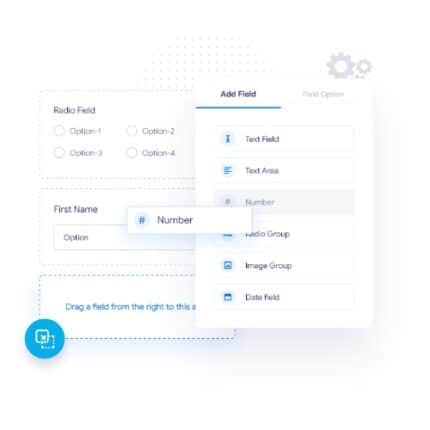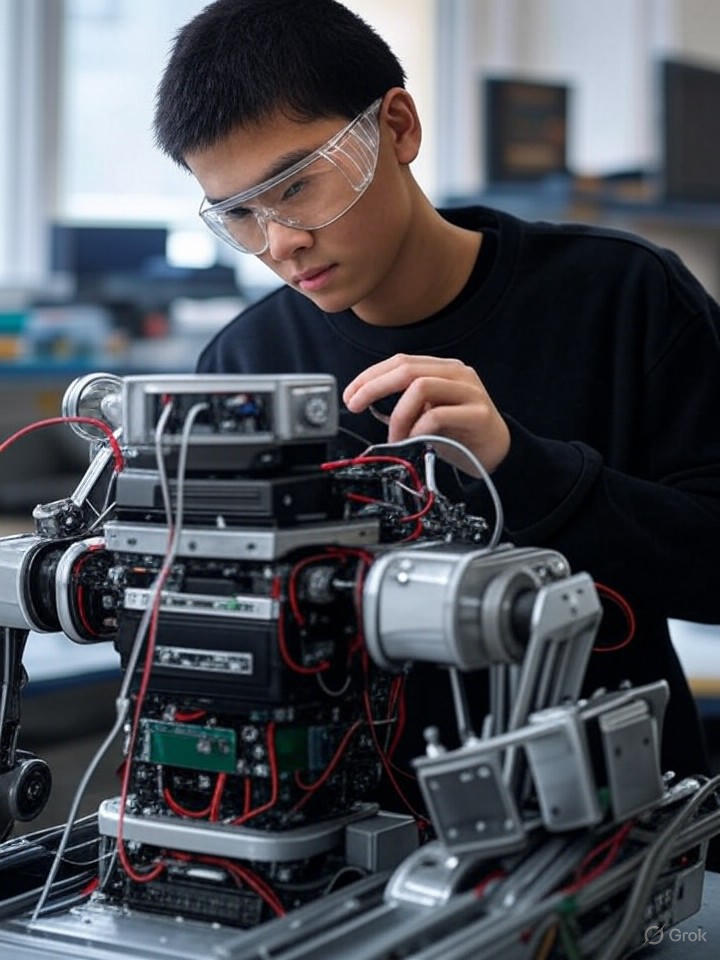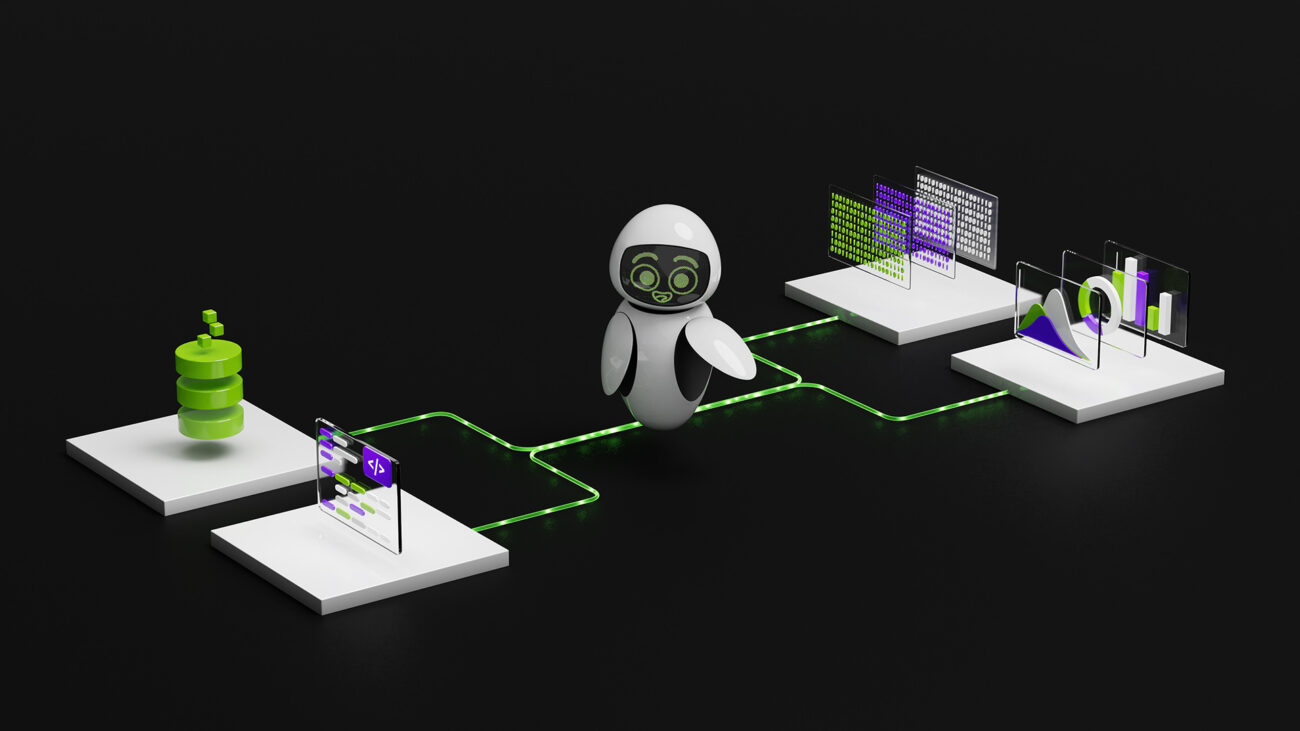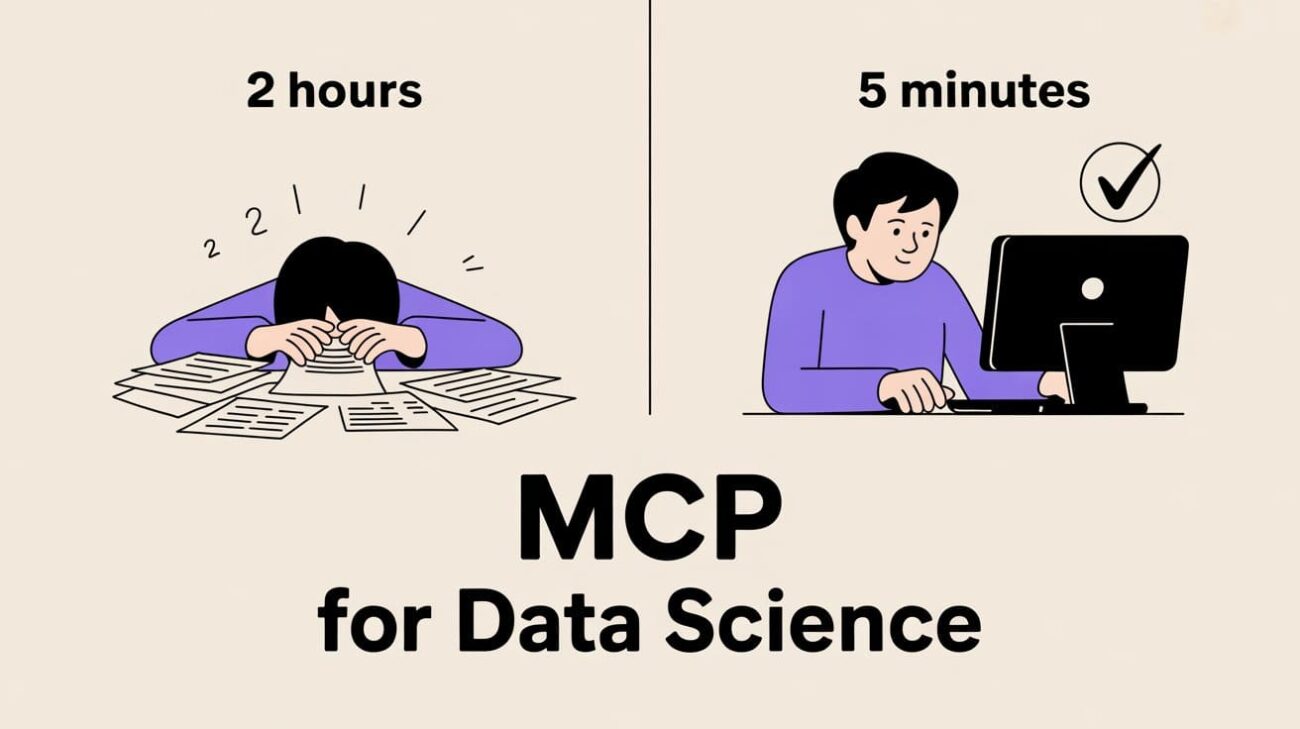Blog
The landscape of employment is evolving rapidly, and the skills needed for tomorrow’s workforce are increasingly centered around technology and innovation. As we approach 2025, the integration of artificial intelligence (AI) into various fields is becoming undeniable. One compelling avenue for young enthusiasts to prepare for this AI-driven future is through competitive robotics programs. These programs not only foster engineering skills but also nurture critical soft skills necessary in a collaborative work environment.
What Are Competitive Robotics Programs?
Competitive robotics programs involve teams of students working together to design, build, and program robots for competitions. These initiatives are more than mere pastime activities; they are comprehensive learning experiences that engage participants in STEM (science, technology, engineering, and mathematics). Participants gain hands-on experience in various disciplines, ranging from programming to mechanical design.
The Benefits of Participating in Robotics Programs
-
Enhanced Problem-Solving Skills
Engaging in robotics challenges students to think critically and solve complex problems. They learn to analyze issues, brainstorm solutions, and implement effective strategies. -
Teamwork and Collaboration
Robotics competitions require teamwork, mirroring workplace dynamics. Students must communicate effectively, delegate tasks, and foster a cooperative spirit to succeed. -
Technical Proficiency
Through building and programming robots, participants gain essential technical skills. They become familiar with various programming languages, software development, and hardware engineering. - Creativity and Innovation
Robotics encourages creative thinking. Participants often need to think outside the box to develop unique solutions, a skill that is valuable in any career, especially in AI development.
Preparing for the AI-Driven Workforce
As automation and AI technologies become prevalent, the need for skilled workers is critical. Here are a few ways competitive robotics programs prepare participants for future careers:
1. Exposure to AI Concepts
Many robotics programs incorporate elements of AI, enabling students to understand how machines can learn and make decisions. This foundational knowledge will be invaluable as they enter a workforce increasingly influenced by AI.
2. Networking Opportunities
Competitions often bring together students from various schools, fostering networking opportunities with peers and industry professionals. Building connections early can lead to internships and career opportunities later on.
3. Resilience and Adaptability
Working on complex robotics tasks and overcoming failures instills a sense of resilience in participants. Learning to adapt to changing conditions is a skill that will serve them well in any field, particularly one as dynamic as technology.
4. Real-World Applications
Participants see firsthand how robotics and AI can solve real-world problems, inspiring future innovation. Engaging with community projects can also instill a sense of social responsibility.
Frequently Asked Questions
1. What Age Groups Participate in Robotics Programs?
Competitive robotics is designed for a range of age groups, from elementary school students to high schoolers and even college-level participants. The complexity of the projects often increases with age.
2. How Can I Find a Robotics Program Near Me?
Many schools, community centers, and organizations offer robotics programs. Check local educational institutions or online community forums for options.
3. Are Robotics Competitions Expensive to Enter?
Costs vary by program; some competitions may require registration fees and material costs. However, many organizations provide scholarships or grants to help aspiring engineers participate.
Tips for Success in Robotics Competitions
- Start Early: The earlier you begin, the more you can learn. Consider joining introductory programs or clubs.
- Practice Regularly: The more you work with robots, the better your skills will become. Engage in regular practice sessions.
- Learn from Peers: Collaborate with teammates and learn from their experiences. Diverse perspectives can lead to innovative solutions.
- Stay Updated: The field of robotics and AI is constantly changing. Stay informed about the latest advancements and theories.
Conclusion
As we approach 2025, the importance of nurturing skills for an AI-driven workforce cannot be overstated. Competitive robotics programs serve as a powerful platform for developing both technical acumen and essential soft skills. By engaging in these programs, students not only prepare themselves for future jobs but also foster a love for innovation and problem-solving that can lead to significant contributions in various fields, especially in AI development.
For more insights on robotics, visit Theme Bazar. Here, you’ll discover resources and articles dedicated to technology and education, guiding the next generation towards a technology-driven future.
Interested in exploring more about the role of technology in education? Check out the latest trends through authoritative sources like EdTech Magazine and IEEE Spectrum.
Elementor Pro
In stock
PixelYourSite Pro
In stock
Rank Math Pro
In stock
Related posts
Build a Report Generator AI Agent with NVIDIA Nemotron on OpenRouter
Word Press Day-3 How to add the Slideshow images and Top Bar and Editing the Home Page #godigital
Oracle Shares Surge 36% on AI Demand, Adding $244B Market Value
Top 5 AI Plugins That Will Change WordPress in 2025! 🚀 #websitesetup #websitedomain
A Visual Guide to Tuning Gradient Boosted Trees
Here’s How I Built an MCP to Automate My Data Science Job
🔐Miss Genève 🌩️🌝🦅 ⚕️📿Wix and Word Press. Ads, Websites Developer. Marketers, Marketing experts,
AI Engine: o Melhor Plugin de Inteligência Artificial Grátis para WordPress – ChatGPT – OpenAI
AT&T Scales Back Office Surveillance After Employee Frustration
You Only Need 3 Things to Turn AI Experiments into AI Advantage
Gohighlevel’s mega menu feature breakdown in 3 minutes
Trump’s 2025 Bill Delivers $40B Boost to Fossil Fuel Industry
Products
-
 Rayzi : Live streaming, PK Battel, Multi Live, Voice Chat Room, Beauty Filter with Admin Panel
Rayzi : Live streaming, PK Battel, Multi Live, Voice Chat Room, Beauty Filter with Admin Panel
$98.40Original price was: $98.40.$34.44Current price is: $34.44.In stock
-
 Team Showcase – WordPress Plugin
Team Showcase – WordPress Plugin
$53.71Original price was: $53.71.$4.02Current price is: $4.02.In stock
-
 ChatBot for WooCommerce – Retargeting, Exit Intent, Abandoned Cart, Facebook Live Chat – WoowBot
ChatBot for WooCommerce – Retargeting, Exit Intent, Abandoned Cart, Facebook Live Chat – WoowBot
$53.71Original price was: $53.71.$4.02Current price is: $4.02.In stock
-
 FOX – Currency Switcher Professional for WooCommerce
FOX – Currency Switcher Professional for WooCommerce
$41.00Original price was: $41.00.$4.02Current price is: $4.02.In stock
-
 WooCommerce Attach Me!
WooCommerce Attach Me!
$41.00Original price was: $41.00.$4.02Current price is: $4.02.In stock
-
 Magic Post Thumbnail Pro
Magic Post Thumbnail Pro
$53.71Original price was: $53.71.$3.69Current price is: $3.69.In stock
-
 Bus Ticket Booking with Seat Reservation PRO
Bus Ticket Booking with Seat Reservation PRO
$53.71Original price was: $53.71.$4.02Current price is: $4.02.In stock
-
 GiveWP + Addons
GiveWP + Addons
$53.71Original price was: $53.71.$3.85Current price is: $3.85.In stock
-
 ACF Views Pro
ACF Views Pro
$62.73Original price was: $62.73.$3.94Current price is: $3.94.In stock
-
 Kadence Theme Pro
Kadence Theme Pro
$53.71Original price was: $53.71.$3.69Current price is: $3.69.In stock
-
 LoginPress Pro
LoginPress Pro
$53.71Original price was: $53.71.$4.02Current price is: $4.02.In stock
-
 ElementsKit – Addons for Elementor
ElementsKit – Addons for Elementor
$53.71Original price was: $53.71.$4.02Current price is: $4.02.In stock
-
 CartBounty Pro – Save and recover abandoned carts for WooCommerce
CartBounty Pro – Save and recover abandoned carts for WooCommerce
$53.71Original price was: $53.71.$3.94Current price is: $3.94.In stock
-
 Checkout Field Editor and Manager for WooCommerce Pro
Checkout Field Editor and Manager for WooCommerce Pro
$53.71Original price was: $53.71.$3.94Current price is: $3.94.In stock
-
 Social Auto Poster
Social Auto Poster
$53.71Original price was: $53.71.$3.94Current price is: $3.94.In stock
-
 Vitepos Pro
Vitepos Pro
$53.71Original price was: $53.71.$12.30Current price is: $12.30.In stock
-
 Digits : WordPress Mobile Number Signup and Login
Digits : WordPress Mobile Number Signup and Login
$53.71Original price was: $53.71.$3.94Current price is: $3.94.In stock
-
 JetEngine For Elementor
JetEngine For Elementor
$53.71Original price was: $53.71.$3.94Current price is: $3.94.In stock
-
 BookingPress Pro – Appointment Booking plugin
BookingPress Pro – Appointment Booking plugin
$53.71Original price was: $53.71.$3.94Current price is: $3.94.In stock
-
 Polylang Pro
Polylang Pro
$53.71Original price was: $53.71.$3.94Current price is: $3.94.In stock
-
 All-in-One WP Migration Unlimited Extension
All-in-One WP Migration Unlimited Extension
$53.71Original price was: $53.71.$3.94Current price is: $3.94.In stock
-
 Slider Revolution Responsive WordPress Plugin
Slider Revolution Responsive WordPress Plugin
$53.71Original price was: $53.71.$4.51Current price is: $4.51.In stock
-
 Advanced Custom Fields (ACF) Pro
Advanced Custom Fields (ACF) Pro
$53.71Original price was: $53.71.$3.94Current price is: $3.94.In stock
-
 Gillion | Multi-Concept Blog/Magazine & Shop WordPress AMP Theme
Rated 4.60 out of 5
Gillion | Multi-Concept Blog/Magazine & Shop WordPress AMP Theme
Rated 4.60 out of 5$53.71Original price was: $53.71.$5.00Current price is: $5.00.In stock
-
 Eidmart | Digital Marketplace WordPress Theme
Rated 4.70 out of 5
Eidmart | Digital Marketplace WordPress Theme
Rated 4.70 out of 5$53.71Original price was: $53.71.$5.00Current price is: $5.00.In stock
-
 Phox - Hosting WordPress & WHMCS Theme
Rated 4.89 out of 5
Phox - Hosting WordPress & WHMCS Theme
Rated 4.89 out of 5$53.71Original price was: $53.71.$5.17Current price is: $5.17.In stock
-
 Cuinare - Multivendor Restaurant WordPress Theme
Rated 4.14 out of 5
Cuinare - Multivendor Restaurant WordPress Theme
Rated 4.14 out of 5$53.71Original price was: $53.71.$5.17Current price is: $5.17.In stock
-
 Eikra - Education WordPress Theme
Rated 4.60 out of 5
Eikra - Education WordPress Theme
Rated 4.60 out of 5$62.73Original price was: $62.73.$5.08Current price is: $5.08.In stock
-
 Tripgo - Tour Booking WordPress Theme
Rated 5.00 out of 5
Tripgo - Tour Booking WordPress Theme
Rated 5.00 out of 5$53.71Original price was: $53.71.$4.76Current price is: $4.76.In stock
-
 Subhan - Personal Portfolio/CV WordPress Theme
Rated 4.89 out of 5
Subhan - Personal Portfolio/CV WordPress Theme
Rated 4.89 out of 5$53.71Original price was: $53.71.$4.76Current price is: $4.76.In stock


















